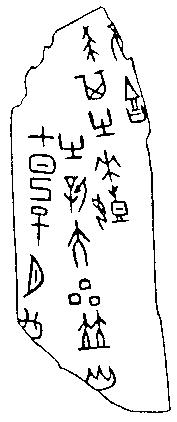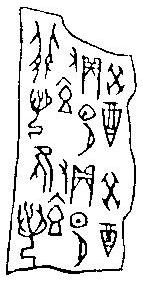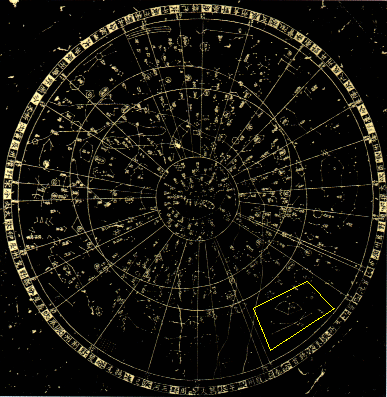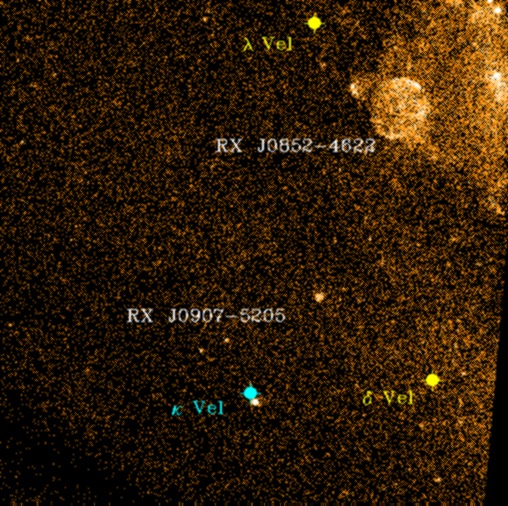Historical Supernovae |
 "On the Jisi day, the 7th day of the month, a big new star appeared in the company of the Ho star." |
 "On the Xinwei day the new star dwindled." |
| Figure 1: Bone or tortoise shell inscription from the 14th century BC. | |
The explosion of a star produces a spectacular astronomical phenomenon -- a supernova. For some time the exploding star becomes as bright as the whole galaxy in which it is embedded. In our own galaxy, the Milky Way, a supernova might even be visible in broad daylight. Only a few supernovae in historical times have been identified in the Milky Way, however, and apparently no star has blown up during the last 300 years. The astronomers are eagerly waiting for the next such event which should reveal to them the secrets of the physics in the center of the star just before the explosion, the explosion mechanism, and the dynamics of the expanding shell of gas. Modern astronomers have to be content with two supernovae in neighbouring galaxies: in the Large Magellanic Cloud in 1987, and in Andromeda in 1895.

|
| Figure 2: The star chart engraved on a stone tablet in Suzhou (1191 AD). The Tianshe region is marked. |
More information on historical supernovae in the Milky Way can be gained by an interesting combination of advanced satellite astronomy and ancient Chinese records. The astronomical records of China cover almost 4000 years, and especially changes in the known stellar constellations have been carefully noted. One of the most modern instruments, the satellite ROSAT is devoted to observe the sky in X-rays. This satellite has discovered many extended sources of X-ray emission which bear witness to a supernova explosion - interstellar gas heated up by the shockwave of the supernova, in some cases additional synchrotron radiation perhaps sustained by a pulsar at the center.

|
| Figure 3: A ROSAT X-ray map of the Vela region. The stars Kappa, Delta, Lambda Vel are marked. Two supernova remnants discovered by ROSAT are in the picture. RX J0907-5205 is the remnant which might correspond to the missing star. The upper right hand corner has from the top down two normal stars in X-rays, and the synchrotron nebula surrounding the Vela pulsar. |
Can such ROSAT detections of supernova remnants be identified with ancient Chinese records, as in the well-known case of the Crab nebula? Scientists from Munich and Beijing have examined this possibility, and two interesting cases are described here:
B.Aschenbach (MPE), G.Börner
(MPA), Q.B.Li (Beijing Observatory)
| MPA-Home |